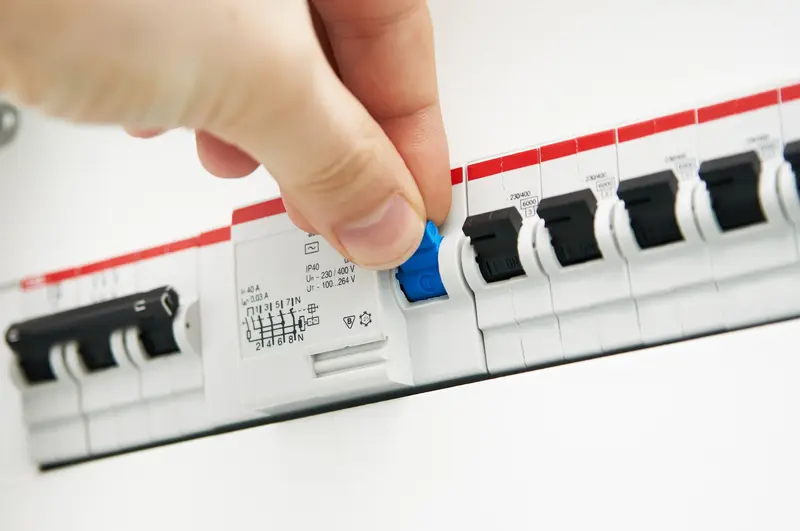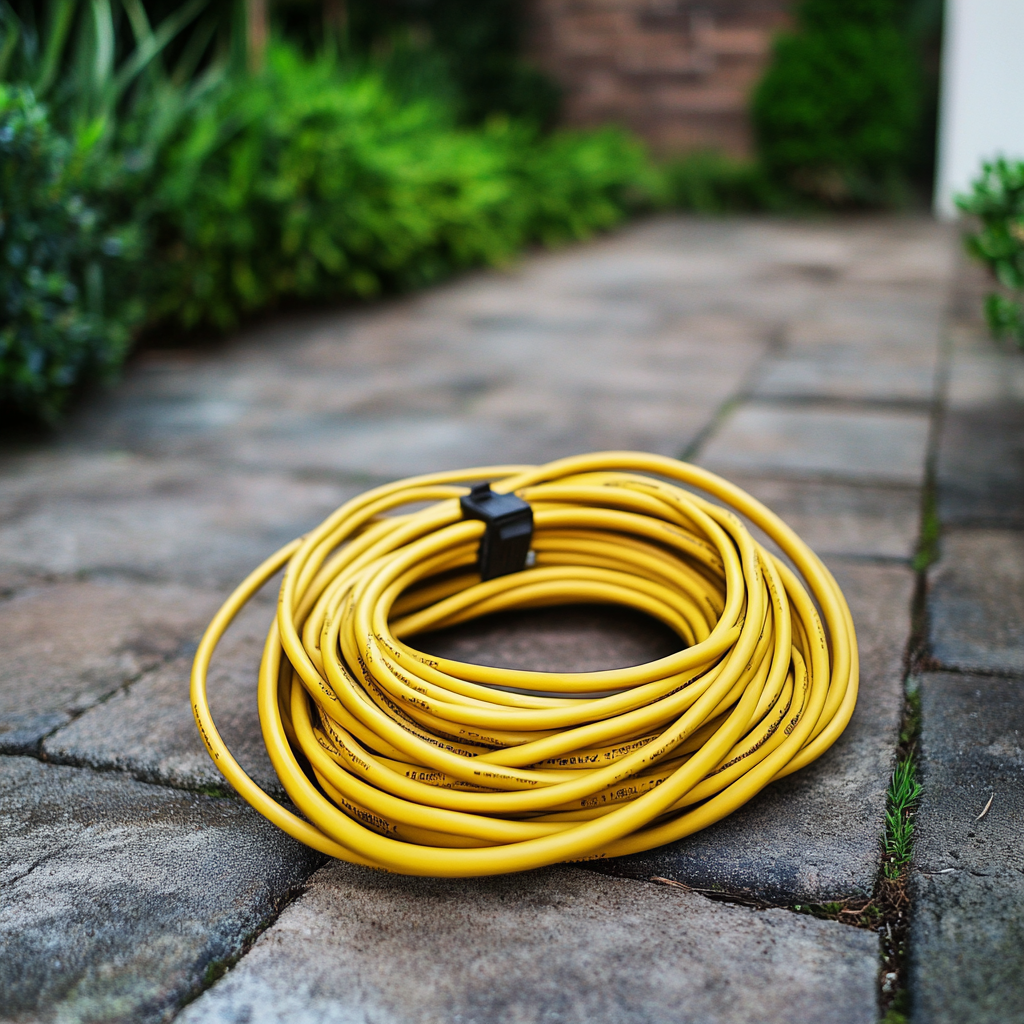Ever walked into a room and noticed that subtle burning smell, or watched your lights mysteriously dim when you plug in your coffee maker? These aren’t just minor annoyances – they’re warning signs that could save your home. With over 5,000 residential fires caused by overloaded outlets each year, understanding proper electrical usage isn’t just about convenience – it’s about safety.
Understanding your home’s electrical limits

Your home’s electrical system isn’t unlimited. Each circuit has a specific amperage rating, typically found in your breaker box. Most household circuits are rated for 15 or 20 amps, and experts recommend keeping usage below 80% of this maximum capacity.
Think of your electrical system like a highway – too many vehicles (or in this case, appliances) trying to use the same lane creates congestion and potential hazards. When you exceed these limits, you’re not just risking a tripped breaker – you’re putting your entire home at risk.
Warning signs that spell trouble
Your electrical system sends clear distress signals when it’s overwhelmed. Watch out for warm wall plates, discoloration around outlets, or crackling sounds. These aren’t just minor inconveniences – they’re red flags indicating potential fire hazards.
If you notice lights dimming when major appliances kick on, or experience mild tingling when plugging in devices, it’s time to take action. These symptoms indicate your system is struggling to handle the current load.
The truth about power strips and adapters
A common misconception is that power strips increase your outlet’s capacity. In reality, they only provide more plug-in points – not more power. Each device still draws the same amount of electricity through that single outlet.
Consider this: plugging a surge protector into your wall doesn’t magically increase its electrical capacity. It’s like trying to force more water through a garden hose – the pipe’s diameter remains the same, regardless of how many sprinkler heads you attach.
High-draw appliances need their own space
Heat-producing appliances are particularly demanding on your electrical system. Microwaves, space heaters, and hair dryers should each have their own dedicated outlet. Plugging multiple high-draw devices into the same circuit is asking for trouble.
A standard outlet can handle about 1,800 watts. When you plug in that 1,500-watt space heater alongside other devices, you’re quickly approaching dangerous territory.
Extension cord myths and realities

Extension cords aren’t permanent solutions. They’re designed for temporary use, and using them as permanent wiring can create serious hazards. When you do need an extension cord, choose one rated for your specific use – especially for outdoor applications.
Indoor cords used outside can deteriorate quickly, creating fire and shock hazards. Invest in proper outdoor-rated extension cords for exterior needs.
Modern electronics require modern solutions
Today’s homes use more electronics than ever before. What worked in the 1970s likely won’t suffice for modern demands. Regular electrical inspections can identify potential upgrade needs before they become problems.
If your breakers trip frequently or you rely heavily on extension cords, it’s time to consider adding circuits or upgrading your electrical panel. This investment in safety pays dividends in peace of mind.
Holiday decorating demands special attention
Holiday lights and decorations can strain electrical systems. LED lights draw less power and run cooler than traditional bulbs. Calculate total wattage before plugging in those festive displays.
Remember that outdoor decorations require special consideration. Use only weather-resistant connections and follow manufacturer guidelines for string light connections.
When to call a professional
Some warning signs demand immediate professional attention. Discolored outlets, burning smells, or frequently tripping breakers aren’t DIY fixing territory. These symptoms could indicate serious issues within your walls.
Professional electricians can perform comprehensive inspections, identifying potential hazards before they become emergencies. Consider scheduling inspections every three years as preventative maintenance.
Understanding and respecting your home’s electrical limits isn’t just about preventing inconvenient power outages – it’s about protecting your family and property from real dangers. When in doubt, consult a qualified electrician. The cost of an inspection is minimal compared to the potential price of overlooking electrical problems.
